Originally posted to LinkedIn Pulse
Why?
- It helps you to image alternate solutions: Design Thinking is about identifying and working within given constraints to arrive at new and better solutions. Once the problem or question is presented, using LSP is a great way to create new ideas, imagine alternate solutions & build prototypes. Perfect for shaping different business model options.
- It’s an iterative tool: By building prototypes all solutions are made visible in the landscape, participants can easily see how different builds influence each other and identify disconnects, imagine alternative scenarios or identify areas that are not resolved. LSP is an iterative tool. Models built can be easily modified on the landscape, connected and combined/ clustered with others.
- You construct, deconstruct and reconstruct: Seeing things differently requires to deconstruct the current reality and reconstruct it again. Deconstructing helps to break our preconception so we can see the same thing from a whole new perspective or have the freedom to change things by examining all parts, keeping some and adding new ingredients. LSP enables problem resolution using insights, which require cognitive restructuring and reinterpreting one´s view of the problem. Insights are important because people tend to remember them better and more clearly.
- It creates commitment and alignment: Shared models need to get the agreement or understanding from all participants in the room. That achieves a commitment, as the conclusions are ultimately agreed and understood by all, everyone is able to tell the story again and has a common base to take the next steps going forward. It also creates alignments and strategic clarity.
- It’s serious play: Strategy “making” exhibits many traits of playing with a purpose. During the process participants imagine what customer segments they could potentially serve, what products, experiences or value propositions they might offer and what each would cost, and how competitors, clients and suppliers would respond. The process of LSP prepares the participants for making better decisions, which align their goals, challenge established plans and create new learning. Playing seriously helps teams bring more imagination into their strategy development.
- The use of metaphors creates engagement: Collaborating and communicating with others make ideas richer. Design requires to put yourself in the shoes of other people and see things from their perspective. The use of LEGO® provides equal support for a variety of communication styles (auditory, visual and kinaesthetic) and with visual metaphors, participants become emotionally engaged. Engagement grows when there is a clear connection between the organization´s and the employee´s purposes and more meaningful relationships between all parties involved are created. That benefits everyone, including the customer.
- It helps you to tell the storytelling: Thinking through metaphors allow perspective shift and generate new ways of understanding things. We understand new or complex things in relation to things we already know. LSP uses metaphors as part of its Storytelling, a form of thinking and language through which we understand or experience one thing in terms of another, which allows for one object to borrow the qualities from another object.
- It’s thinking by doing: Strategy is something you live, not something that is stored in a document. LSP and design is about thinking by doing, about building knowledge by building things, something physical and concrete that is external to us, using the hand as the leading edge of the mind.
- It’s perfect for strategic imagination: One of LSP´s goals is to support the strategic imagination, ways of forming images of what is not, which combines:
- Descriptive imagination: describing something existing, making sense of things and of what is happening (for Example by rearranging data and information, identifying patterns)
- Creative imagination: Creating something new, seeing what is not there and evoking new possibilities from the combination, recombination or transformation of things or concepts (visioning, brainstorming, thinking out of the box)
- Challenging imagination: Challenging something existing, dismantling what is there, starting from scratch and assuming nothing.
On February 18 & 19 2016, we are offering our first Business Model Innovation Masterclass in Germany (Munich) and the first one ever that incorporates LEGO® SERIOUS PLAY®.
Mercedes is a certified business coach, LEGO® SERIOUS PLAY® facilitator and Business Model You® Practitioner and speaks English, German and Spanish.
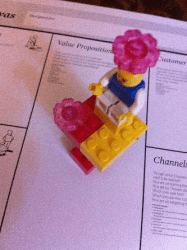
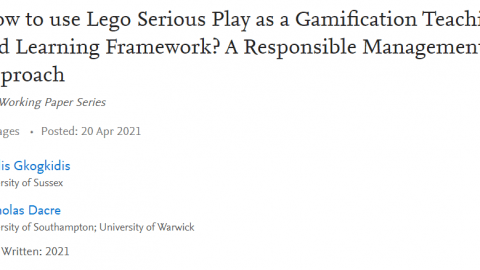

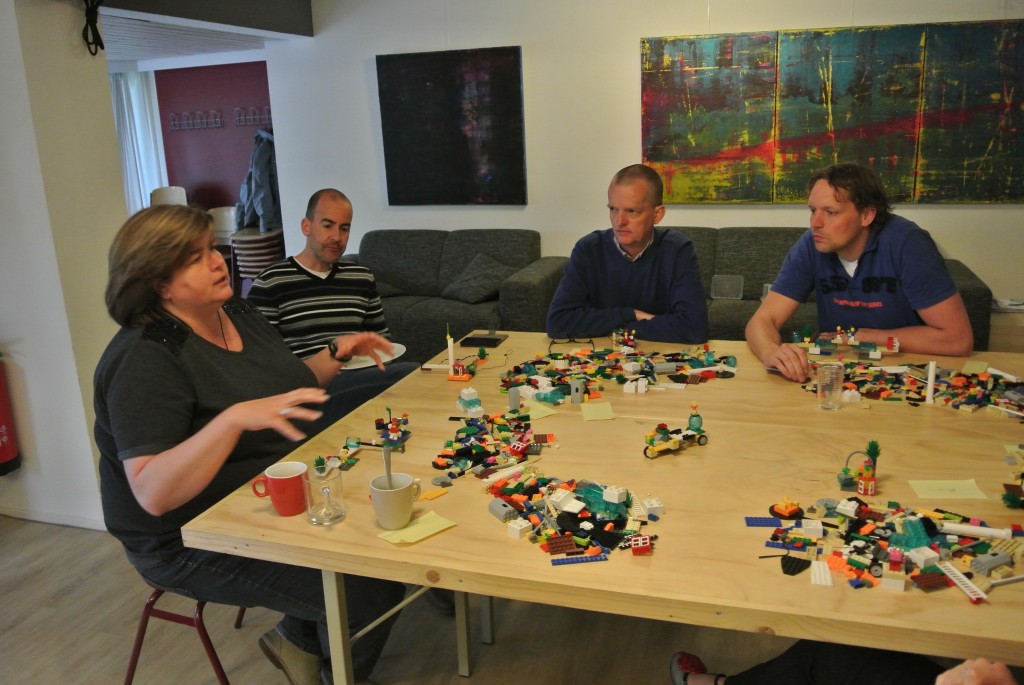
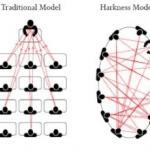
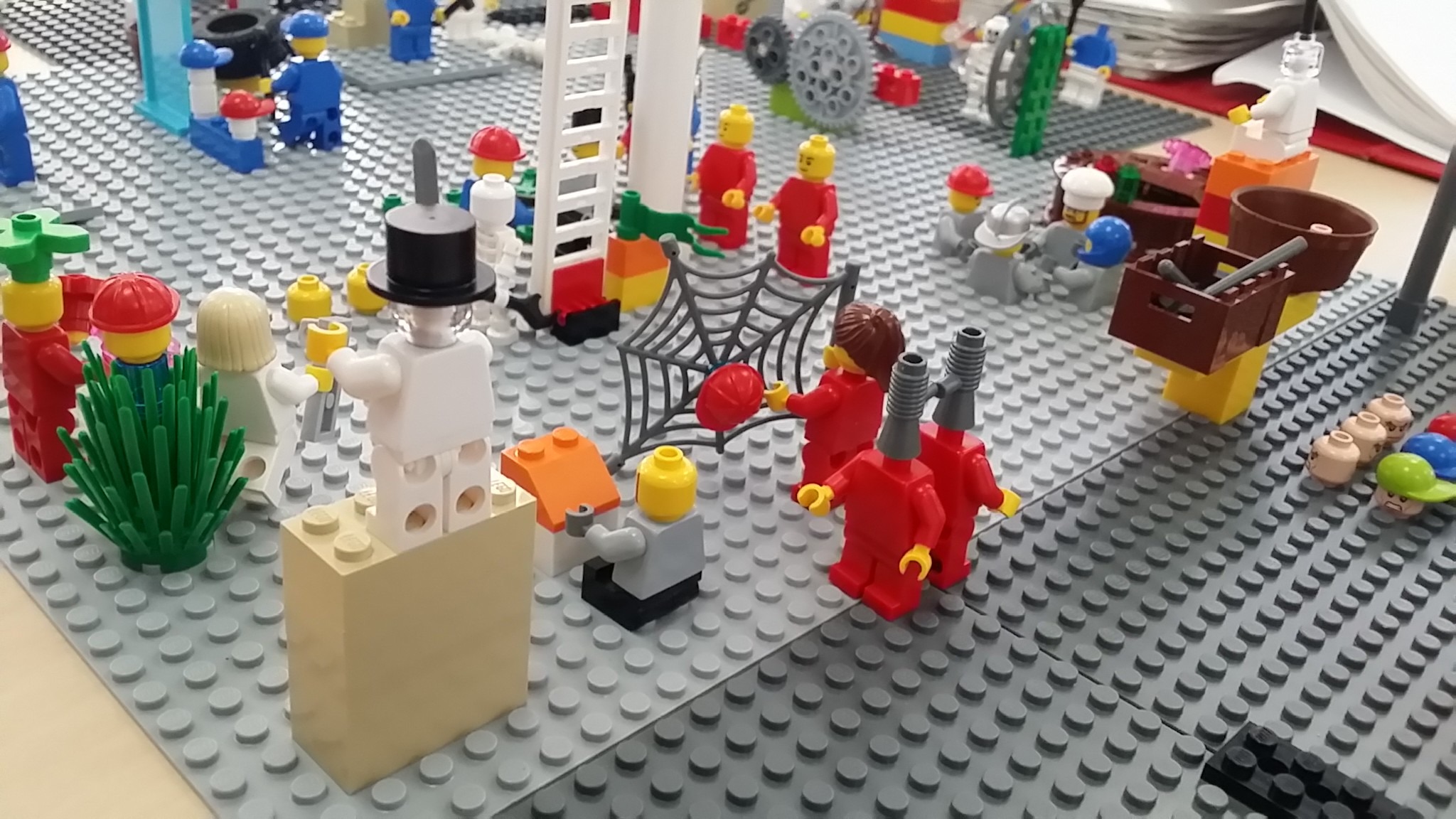
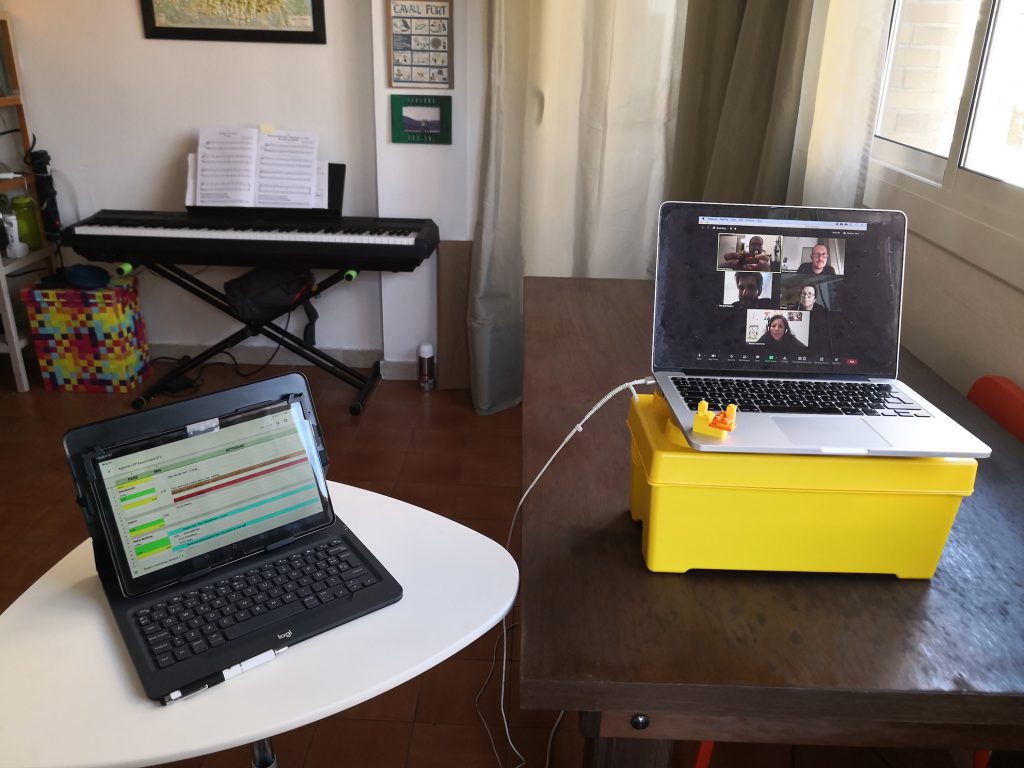
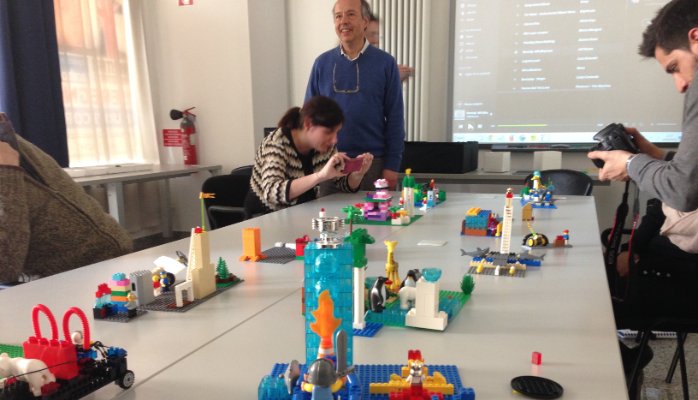

 Become a LEGO Serious Play facilitator - check one of the upcoming training events!
Become a LEGO Serious Play facilitator - check one of the upcoming training events!